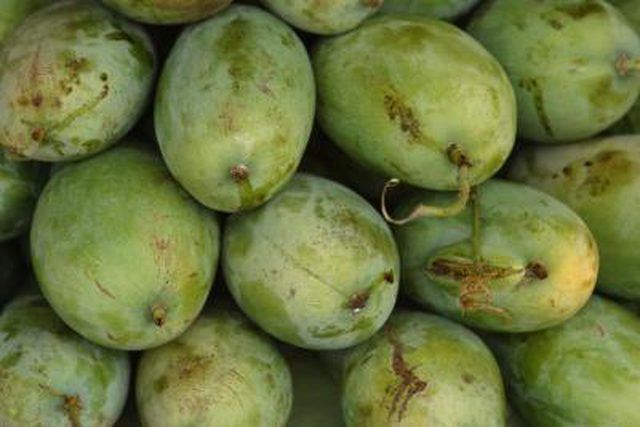Bulbs
Flower Basics
Flower Beds & Specialty Gardens
Flower Garden
Garden Furniture
Garden Gnomes
Garden Seeds
Garden Sheds
Garden Statues
Garden Tools & Supplies
Gardening Basics
Green & Organic
Groundcovers & Vines
Growing Annuals
Growing Basil
Growing Beans
Growing Berries
Growing Blueberries
Growing Cactus
Growing Corn
Growing Cotton
Growing Edibles
Growing Flowers
Growing Garlic
Growing Grapes
Growing Grass
Growing Herbs
Growing Jasmine
Growing Mint
Growing Mushrooms
Orchids
Growing Peanuts
Growing Perennials
Growing Plants
Growing Rosemary
Growing Roses
Growing Strawberries
Growing Sunflowers
Growing Thyme
Growing Tomatoes
Growing Tulips
Growing Vegetables
Herb Basics
Herb Garden
Indoor Growing
Landscaping Basics
Landscaping Patios
Landscaping Plants
Landscaping Shrubs
Landscaping Trees
Landscaping Walks & Pathways
Lawn Basics
Lawn Maintenance
Lawn Mowers
Lawn Ornaments
Lawn Planting
Lawn Tools
Outdoor Growing
Overall Landscape Planning
Pests, Weeds & Problems
Plant Basics
Rock Garden
Rose Garden
Shrubs
Soil
Specialty Gardens
Trees
Vegetable Garden
Yard Maintenance
How to Induce a Mango Tree to Flower
How to Induce a Mango Tree to Flower. Mangos are one of the special delights of living and gardening in a tropical climate. Most varieties of this sweet, juicy fruit flower in early spring and ripen in summer. However, some varieties are notorious for producing a crop only every other year: if you own a Haden tree, it has the habit of bearing fruit...

Mangos are one of the special delights of living and gardening in a tropical climate. Most varieties of this sweet, juicy fruit flower in early spring and ripen in summer. However, some varieties are notorious for producing a crop only every other year: if you own a Haden tree, it has the habit of bearing fruit in alternate years. Also, in rainy areas, such as the windward sides of the Hawaiian Islands, spring rains can cause blossoms and fruit to drop prematurely, seriously affecting harvest. Several techniques can help produce the flowers you need to ensure an ample harvest.
Things You'll Need
Smoke
Potassium nitrate
Sprayer
Low nitrogen fertilizer
10-20-20 fertilizer
Fish emulsion
Burn a smudgepot or other smoke-producing device near your mango tree in early spring, before flowers form on the tree.
Spray your tree with potassium nitrate, a chemical compound often included in chemical fertilizers. After harvest, wait for trees to begin new growth. Mix 1/3 oz. of this substance to each quart of water and then spray your tree before 9 am or after 4 pm to prevent burning of the leaves.
Apply a low nitrogen, or "blossom booster," fertilizer to your mango tree in early spring before it blooms. Follow product instructions for correct mixing and application procedures.
Fertilize and water your mango tree correctly to ensure it is healthy and well nourished. When you plant your tree, mix super-phosphate fertilizer (0-45-0) in the soil; during the first year, feed with a plant food having an N-P-K ratio of 10-20-20 or select fish emulsion, which is better for young trees. When the tree is older, repeat this application three to four times each year by spreading 10-20-20 granular fertilizer around the tree’s drip line. Mulching with organic compost also benefits mango trees.
Tips & Warnings
Healthy trees flower and produce fruit more readily than trees that are lacking in nutrients or water.
Smudging is a traditional Filipino technique for forcing mango trees to bloom: because smoke contains ethylene, it has been effective in causing trees to bloom out of season. Trees that typically bear fruit only in alternate years will also flower and form fruit when you expose them to smoke.
Potassium nitrate is also sometimes called saltpeter.
Low nitrogen fertilizers are available at nurseries and garden supply stores.
Do not use potassium nitrate on mango trees that are younger than 10 years old.
Spray flower-inducing potassium nitrate only once each year: The repeated use of potassium nitrate can eventually adversely affect the quantity of fruit a mango tree produces, according to findings presented at the 9th Philippine Fruits Symposium in November 2001.